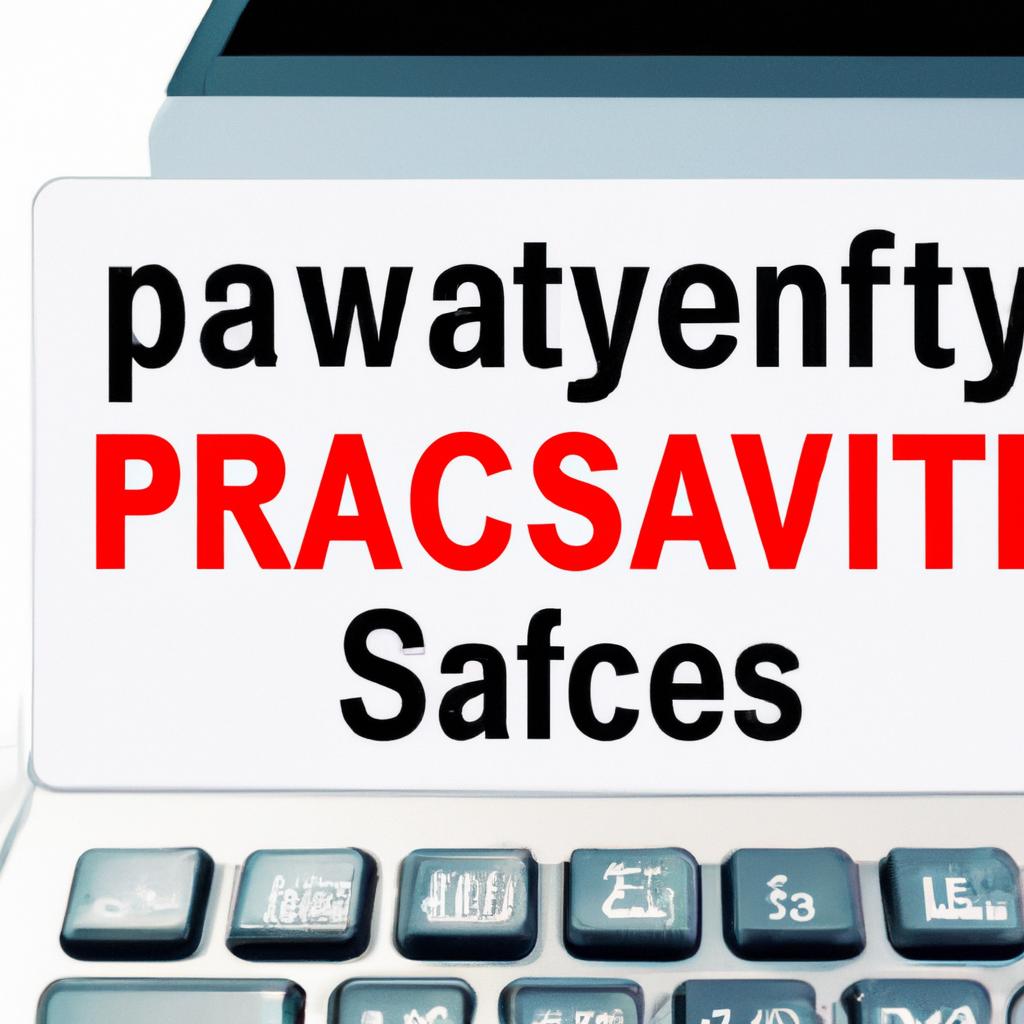In an era where convenience often trumps caution, the rise of digital wallets has transformed the landscape of personal finance. Gone are the days of fumbling through pockets for cash or waiting for card transactions to process; now, a simple tap or swipe on a smartphone can complete a purchase in seconds. However, with this newfound ease comes a critical responsibility: safeguarding our financial information in an ever-evolving digital world. As electronic payments become increasingly ubiquitous, understanding how to navigate the digital wallet landscape is essential. This article delves into the nuances of ensuring security and preventing fraud in electronic transactions, equipping you with the knowledge to protect your assets while enjoying the benefits of modern technology. Join us as we explore the essential practices and strategies that make secure digital payments not just a possibility, but a reality.
Understanding the Security Landscape of Digital Wallets
As digital wallets become increasingly integrated into our daily transactions, understanding their security landscape is crucial for users aiming to protect their financial information. Several key aspects contribute to the overall security of digital wallets:
- Encryption: Robust encryption protocols safeguard your payment information during transmission, making it harder for cybercriminals to intercept data.
- Two-Factor Authentication (2FA): Adding an extra layer of protection, 2FA requires users to provide two forms of identification before access is granted.
- Biometric Security: Many wallets utilize biometric features, such as fingerprint or facial recognition, ensuring that only authorized users can access sensitive data.
- Regular Updates: Maintaining up-to-date software mitigates vulnerabilities, as developers are constantly patching security loopholes.
- Transaction Alerts: Real-time notifications enable users to monitor their accounts and recognize unauthorized transactions instantly.
To illustrate the importance of selecting secure wallets, consider the following comparison of well-known options:
| Digital Wallet | Encryption | Biometric Support | 2FA |
|---|---|---|---|
| PayPal | AES-256 | No | Yes |
| Apple Pay | Tokenization | Yes | Yes |
| Google Pay | Encryption | Yes | Yes |
| Venmo | Encryption | No | Yes |
By understanding these components, users can make informed choices and adopt best practices to ensure their electronic payments remain secure against potential threats.

Practical Strategies for Safeguarding Your Electronic Payments
When it comes to protecting your electronic payments, a multi-faceted approach can make all the difference. Here are some **practical strategies** to help safeguard your transactions:
- Enable Two-Factor Authentication: This adds an extra layer of security by requiring a second form of verification, making it much harder for unauthorized users to access your accounts.
- Monitor Your Accounts Regularly: Frequently checking your bank statements and transaction history allows you to quickly spot any suspicious activity.
- Use Strong, Unique Passwords: Implement a password manager to generate and store complex passwords, reducing the likelihood of phishing attacks.
- Keep Software Updated: Always ensure your devices and payment apps are running the latest versions to protect against vulnerabilities.
- Look for Secure Connections: When making payments online, ensure the URL begins with “https://” and look for a padlock icon in the address bar.
- Limit Shared Information: Only provide necessary information to vendors and avoid using public Wi-Fi for transactions.
By adopting these strategies, you can significantly enhance the security of your electronic payments and enjoy peace of mind as you navigate your digital transactions.
Final Thoughts
As we draw the curtains on our exploration of digital wallets, it’s evident that while they offer unmatched convenience and speed, they also present unique security challenges. The digital payment landscape is ever-evolving, demanding vigilance and informed decision-making from users. By implementing best practices and staying abreast of the latest security measures, individuals can confidently navigate this innovative terrain, enjoying the benefits of cashless transactions without falling prey to fraud.
In a world rapidly shifting toward a cashless society, our approach to managing electronic payments must be as agile as the technology itself. The key lies in cultivating a proactive mindset—one that embraces the convenience of digital wallets while remaining ever-aware of the accompanying risks. As you embark on your own digital payment journey, remember that knowledge is your best defense. Stay secure, stay informed, and may your transactions be seamless and secure in this exciting new frontier of financial technology.


